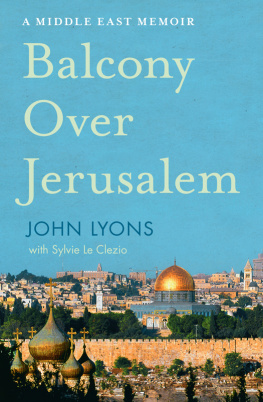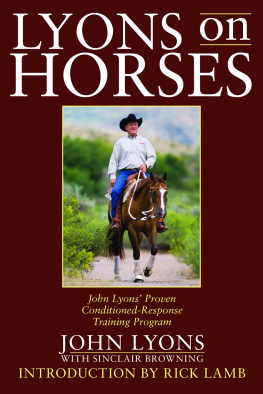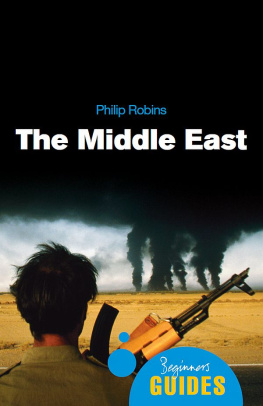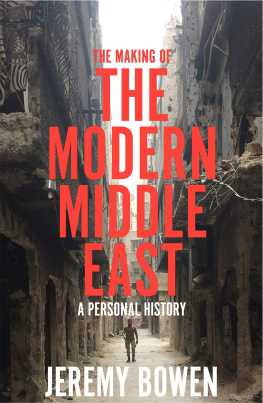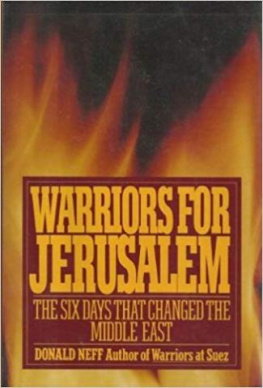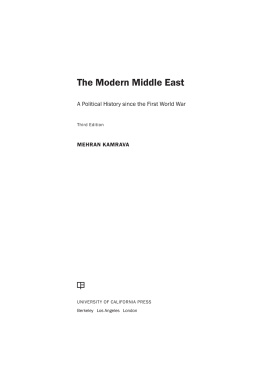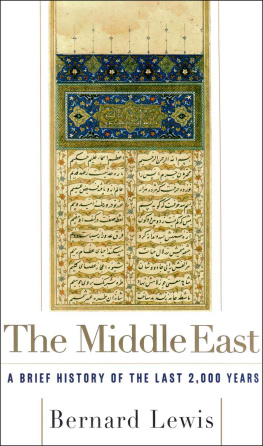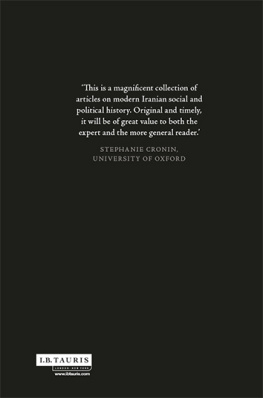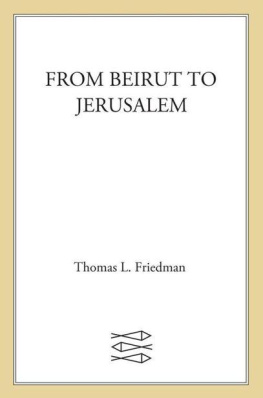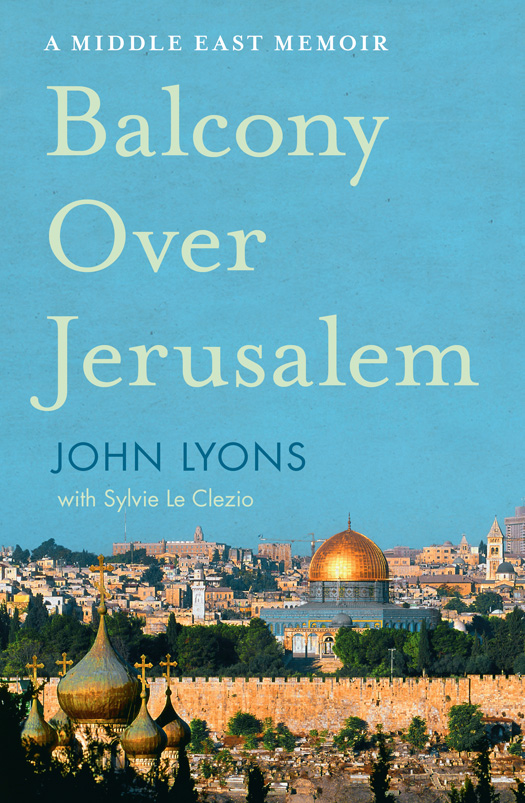CONTENTS
Guide

HarperCollinsPublishers
First published in Australia in 2017
by HarperCollinsPublishers Australia Pty Limited
ABN 36 009 913 517
harpercollins.com.au
Copyright John Lyons 2017
The right of John Lyons to be identified as the author of this work has been asserted by him in accordance with the Copyright Amendment (Moral Rights) Act 2000.
This work is copyright. Apart from any use as permitted under the Copyright Act 1968, no part may be reproduced, copied, scanned, stored in a retrieval system, recorded, or transmitted, in any form or by any means, without the prior written permission of the publisher.
HarperCollinsPublishers
Level 13, 201 Elizabeth Street, Sydney, NSW 2000, Australia
Unit D1, 63 Apollo Drive, Rosedale, Auckland 0632, New Zealand
A 53, Sector 57, Noida, UP, India
1 London Bridge Street, London SE1 9GF, United Kingdom
2 Bloor Street East, 20th floor, Toronto, Ontario M4W 1A8, Canada
195 Broadway, New York, NY 10007, USA
ISBN: 978 1 4607 5256 2 (paperback)
ISBN: 978 1 4607 0742 5 (ebook)
National Library of Australia Cataloguing-in-Publication entry:
Cover design by Darren Holt, HarperCollins Design Studio
Front cover image by DEA / W. BUSS/De Agostini/Getty Images
Back cover image by Sylvie Le Clezio
Internal images, courtesy Sylvie Le Clezio and John Lyons
To Sylvie, my great love, and Jack, our wonderful son,
who shared this extraordinary adventure.
13 September 1993
MY FASCINATION WITH THE MIDDLE EAST BEGAN WITH A handshake. Standing in front of me were Bill Clinton, Yasser Arafat and Yitzhak Rabin. It was one of those moments that makes being a journalist worthwhile. I was the Washington correspondent of The Australian newspaper, and on this crisp autumn morning I found myself standing on the South Lawn of the White House, 30 metres from history.
These three men had a chance to resolve one of the most damaging conflicts in the Middle East, one which has impacts through the region. There had been doubts about whether Arafat, the leader of the Palestinian Liberation Organization, and Rabin, the Prime Minister of Israel, would shake hands. At a private meeting inside the White House before the ceremony, the Israeli and Palestinian delegations had refused to do so. As the New York Times reported:
They both walked to the Blue Room, where several people were already drinking coffee and orange juice The Israelis clustered at the southern end of the oval room, with Mr Arafat and Mr Abbas [later Arafats successor] gravitating to the west end, about 15 feet away. After all the other dignitaries filed out of the Blue Room to be introduced, Mr Clinton, Mr Arafat and Mr Rabin were left alone together for a minute in the diplomatic entrance and it was then that the two old antagonists exchanged their first words.
You know, we have a lot of work to do, Mr Rabin said sombrely, according to a Clinton aide.
I know, and I am prepared to do my part, Mr Arafat answered.
Outside, hundreds of us waited. I sat next to Michael Stutchbury, Washington correspondent for the Australian Financial Review. For me, at age 31, this was more than I could ever have hoped for as a boy from Christian Brothers College St Kilda, in Melbourne, whose father had left school at 14 and worked as a printers assistant at Fairfax in Sydney. When I got a cadetship at the Herald in Melbourne as an 18-year-old, Dad told me how proud he was. He said that when he worked at Fairfax it was a big thing if, during the evening meal break, the journalists would speak to him because the journalists were considered at the top of the pile and the printers at the bottom.
Now, I was one of those guys, not just at the top of the pile, but sitting at the White House watching history being made.
At 11.43am, Arafat and Rabin stepped forward to sign what would become known as the Oslo I Accord. Both men had enemies on their own sides who were prepared to kill them for what they were about to do.
What President Clinton had done that day was extraordinary: hed brought two bitter enemies together. Hed come closer than almost any other president to bringing peace to the Middle East. For both sides he had that most valuable asset: credibility.
Then came the moment of truth. Theyd signed the deal, but now Clinton was determined that they shake hands. As a president he wanted a peace agreement, but as a politician he wanted a photograph.
Arafat extended his hand. Rabin stared at Arafat. For a second that seemed an eternity, Arafat stood with his hand poised in the air. This could have been one of the most famous snubs in history. Then Rabin raised his hand. The men shook. The crowd erupted.
As a journalist, its the most powerful moment Ive ever experienced. The world was on the brink of resolving one of the most relentless conflicts in history.
As I stood there in Washington, I knew that I wanted to be part of the momentous events in the Middle East somehow. When I finally arrived on 2 January 2009, as The Australians Middle East correspondent based in Jerusalem, I landed with great expectations.
Over the next six years, through experiencing life in the suburbs of Jerusalem to spending time with senior political and military officials in Israel and beyond, I would come to understand how Israel works. I would also come to realise the belief that peace was possible had gone. The notion that Israelis and Palestinians could co-exist had gone. The ultra-Orthodox had gained greater power. And the settler movement represented by the national religious group had become the dominant power.
I would get to know the Middle East. I would cover the collapse of corrupt regimes during the Arab Spring. I would speak to jihadists in Lebanon who had just fought in Syria. I would interview families in Turkey who had just fled from Islamic State.
This is the personal journey of a foreign correspondent my Middle East memoir.
January 2009 to January 2015
WE HAD THE BEST BALCONY IN JERUSALEM. FROM IT, WE could see the best and the worst of this ancient city the extraordinary past and the beguiling present. The good and the bad, the hope and the despair. And it was from this balcony that I would go forth around the Middle East, flying to wherever yet another dictator was slaughtering his people.
It was from this balcony that I would travel to a meat refrigerator in Libya where Colonel Gaddafis body had been taken. Muammar Gaddafi lived in obscene wealth. Yet for all the familys trappings, his end was appalling.
It was from this balcony that Id travel to Egypt to cover the fall of Hosni Mubarak, and his security forces would blindfold me and tie my hands with electrical cord. Soon after doing so, they used the butts of their guns to bash the Egyptian man sitting in front of me.
From this balcony Id travel to Iraq. We think Islamic State might be close to taking Baghdad, one of my editors said to me. Can you get there as soon as possible? Thats the sort of phone call you get in journalism: while everybody else is scrambling to get out of a place, youre trying to get in. Islamic State the most savage terrorist group of our age was within 50 kilometres of Baghdad and it was thought they might take the capital. As the plane came in to land at Baghdad International Airport, I wondered what Id do if Islamic State
Next page
